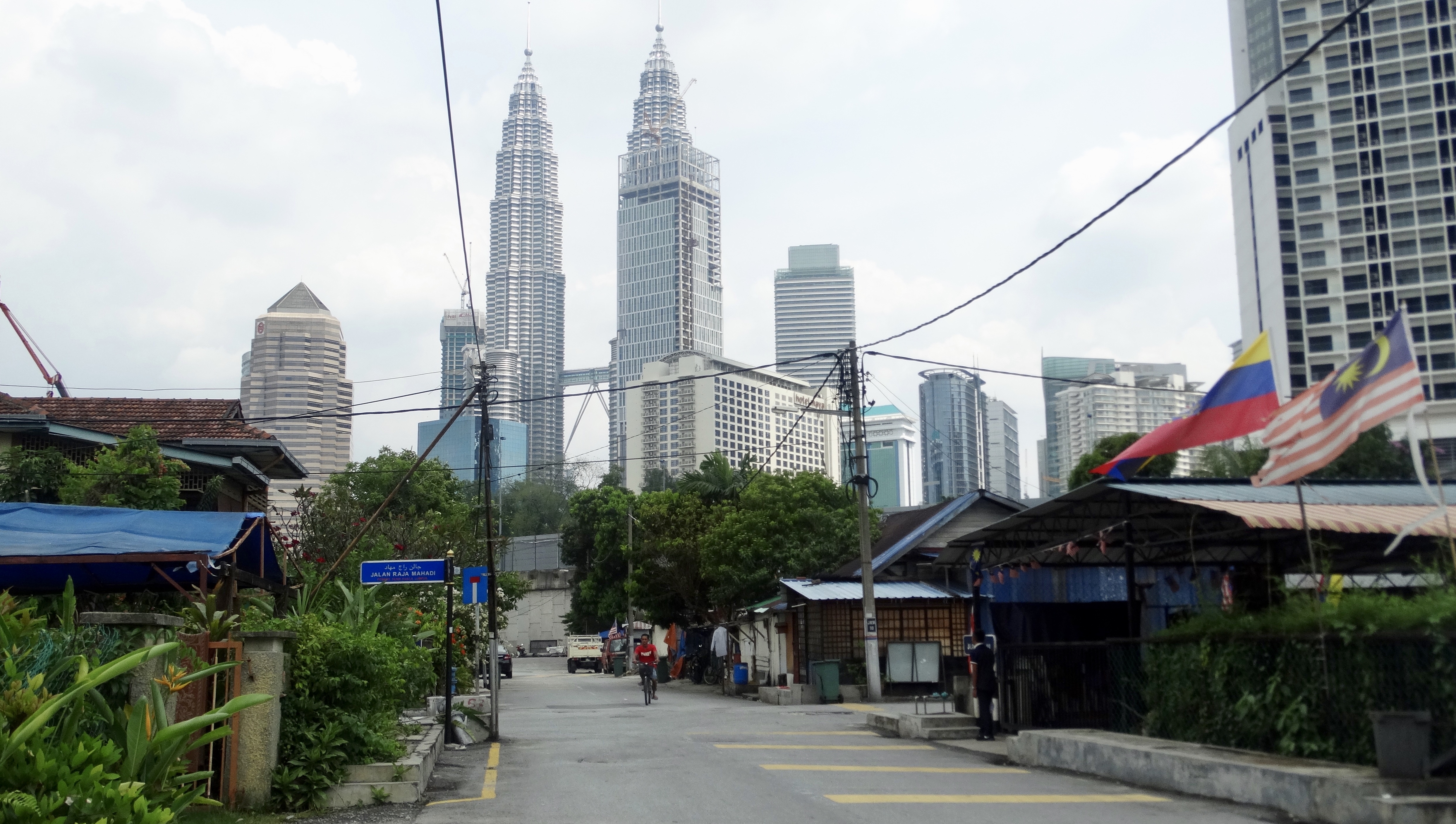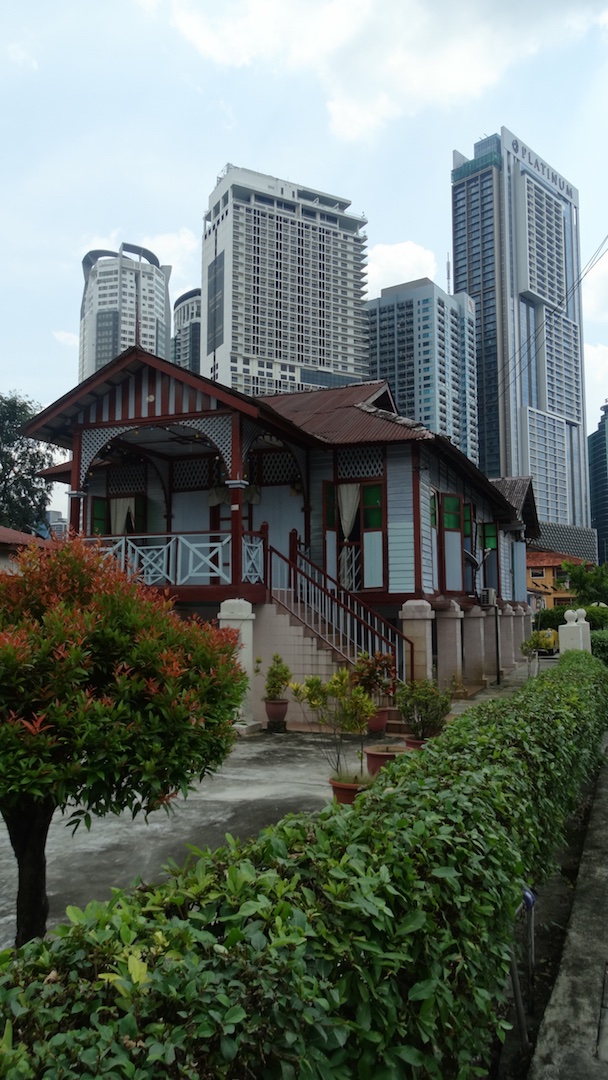KAMPUNG BARU – A VILLAGE WITHIN KUALA LUMPUR

We often define large, modern cities, at least aesthetically, by their skyline. The outline of prominent buildings against the backdrop of the sky becomes synonymous with the cities development, success and appeal. Think of Sydney, Singapore, Hong Kong or Toronto. I would also add Kuala Lumpur and one of its most interesting areas – Kampung Baru – to that esteemed group of urban vistas.
But what is so appealing about gazing at these views, taking pictures of them and sharing them on social media? If I had to break down what they constitute into hashtags, it starts to look absurd. Imagine: #KL #petronastowers #skyline #view #construction #largecommercialbuildings #glass #concrete #steel #CBD and so on. The more tags I try to come up with, the less I can justify the amount of time I’ve spent admiring and capturing these scenes.
Historic KL
KL has some very impressive architecture from the British colonial era. Yet it is George Town and Malacca that are often referred to as Malaysia’s historic cities. However, right in the heart of KL, in the shadow of the Petronas Towers a glimpse of traditional Malay architecture awaits. I decided to visit the shadeless streets of Kampung Baru at the hottest time of the day. Although I could have planned it better, what I saw there stirred me.
Kampung Baru means ‘new village’ in Malay, but it is positively ancient compared to most of the building projects and areas in the city. Indeed, many of the houses date back to the early 1900s. Formed by the British as a Malay agricultural settlement, it has retained much of the structures and atmosphere of its original inhabitants. This is due to the low rise, stilted wooden houses that line the streets; and food vendors selling classic Malay dishes like Nasi Lemak and Ikan Bakar to residents and visitors.
A Unique Atmosphere
Walking around Kampung Baru can feel slightly surreal. The neat wooden houses with tiled roofs, resplendent in baby blue, lime green and ochre. Trimmed hedge rows and plant pots lined up like school children in an assembly, all different heights and shapes. Birdcages dangled from the underside of an overhanging roof, like hanging baskets with their blooming faunal inmate, rendered voiceless in the oppressive early afternoon sun.

The arrival of an ice cream vendor on a scooter delighted a young girl. She gleefully clutched her cone and ran up the milk chocolate coloured steps of her house. All under the watchful gaze of her mother from the open window. I found myself becoming nostalgic for a way of life that I have very little knowledge of. But it felt like a refreshing reprieve from the intensity of modern KL, with its frenetic pace and unquenchable thirst for modernity and development.
An Uncertain Future
On my first trip to Malaysia in 2014, I remember getting a taxi from Kuching airport in Borneo. I was taken aback at how developed it was: multi-lane highways, hotels, restaurants, ATMs. I must admit, I was disappointed at first as if the promise of rain forests shrouded in mist and orangutangs swinging from tree tops was just a ploy to lure me in. It turned out not to be, but my ignorance was exposed.
However, perhaps the juxtaposition of Kampung Baru to the metropolis that surrounds this enclave should be cherished. The location of this plot of real estate makes it a valuable proposition for ambitious city developers. We will see how long the residents can resist the temptation to cash in.
For now though, those seeking an alternative KL skyline which tells the story of two cities would do well to come down for a wander around.